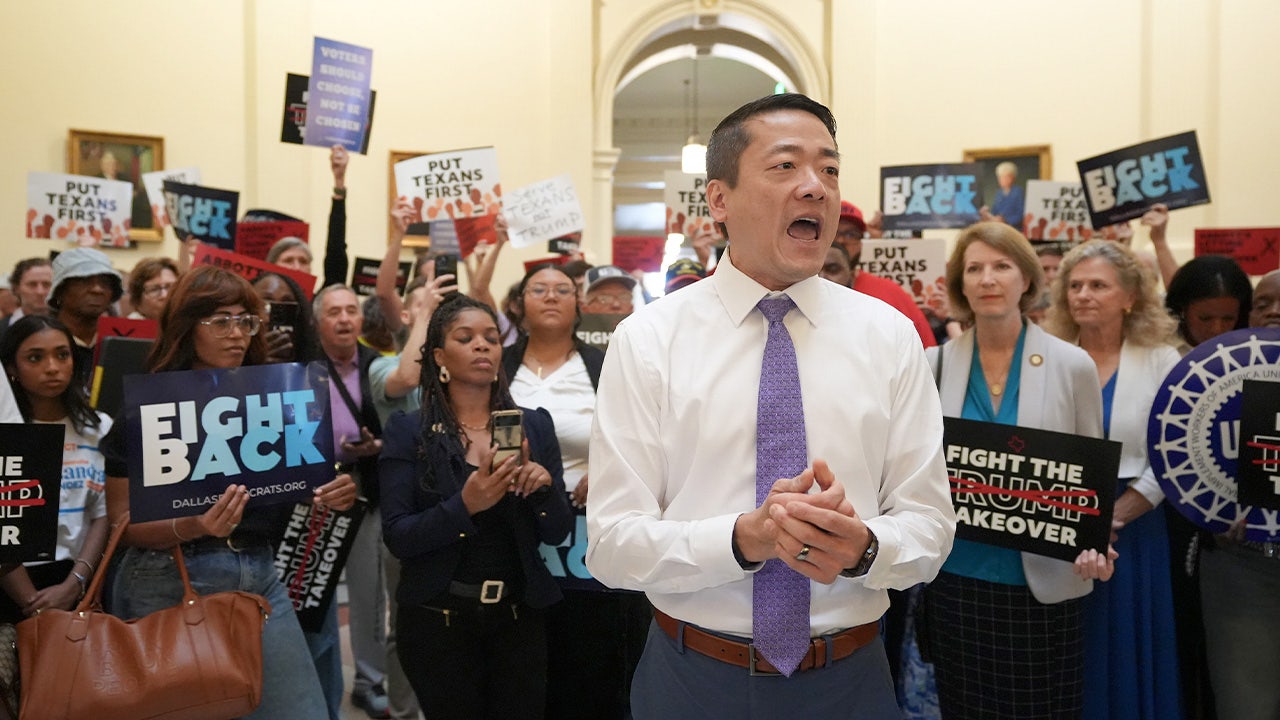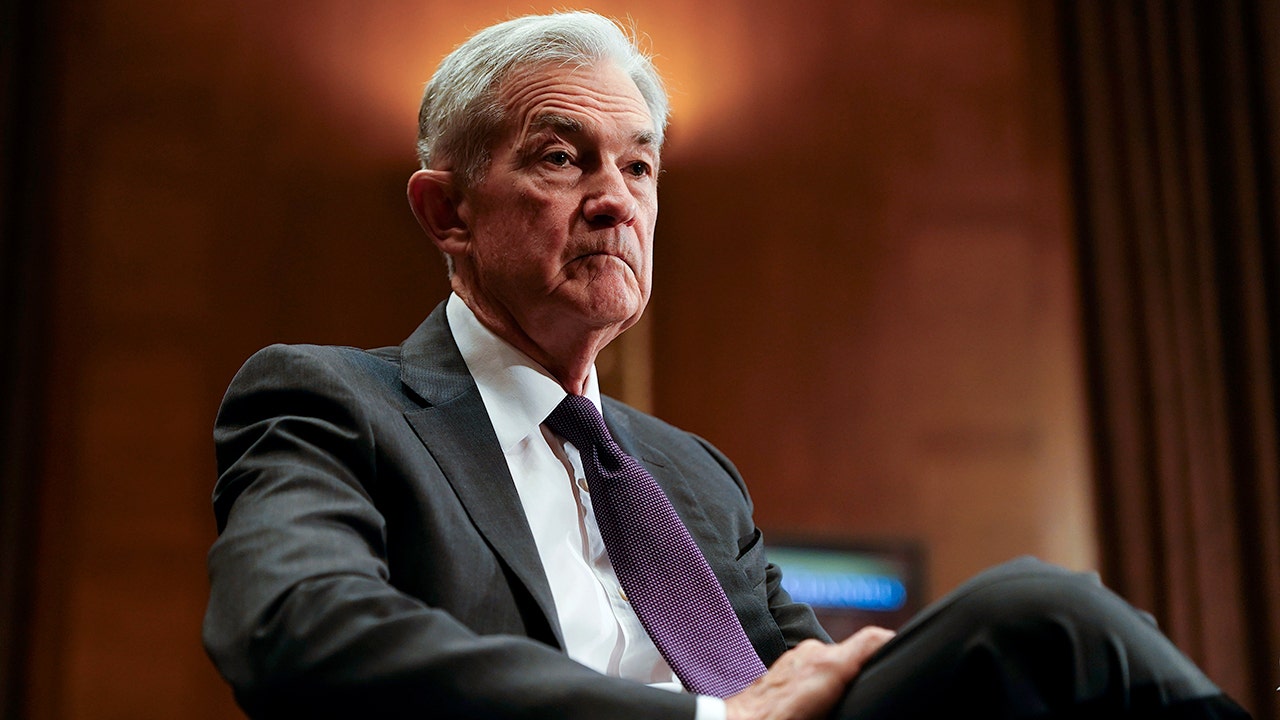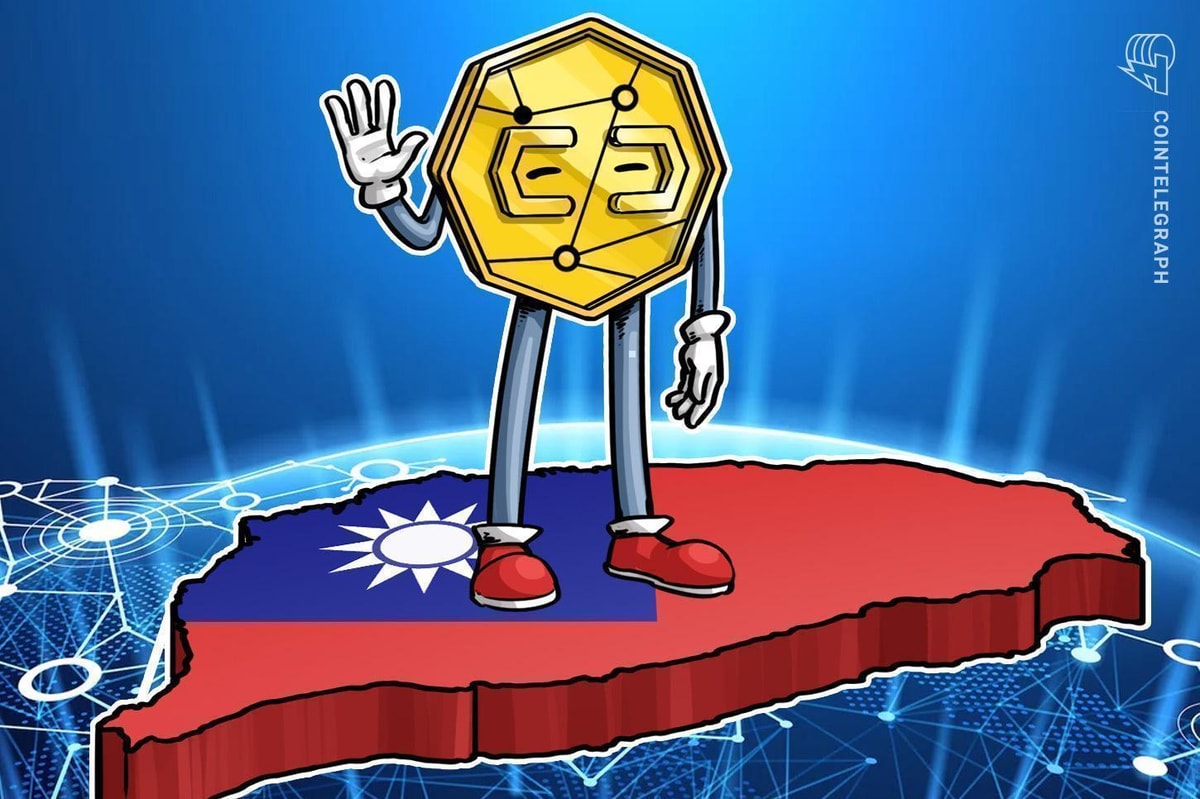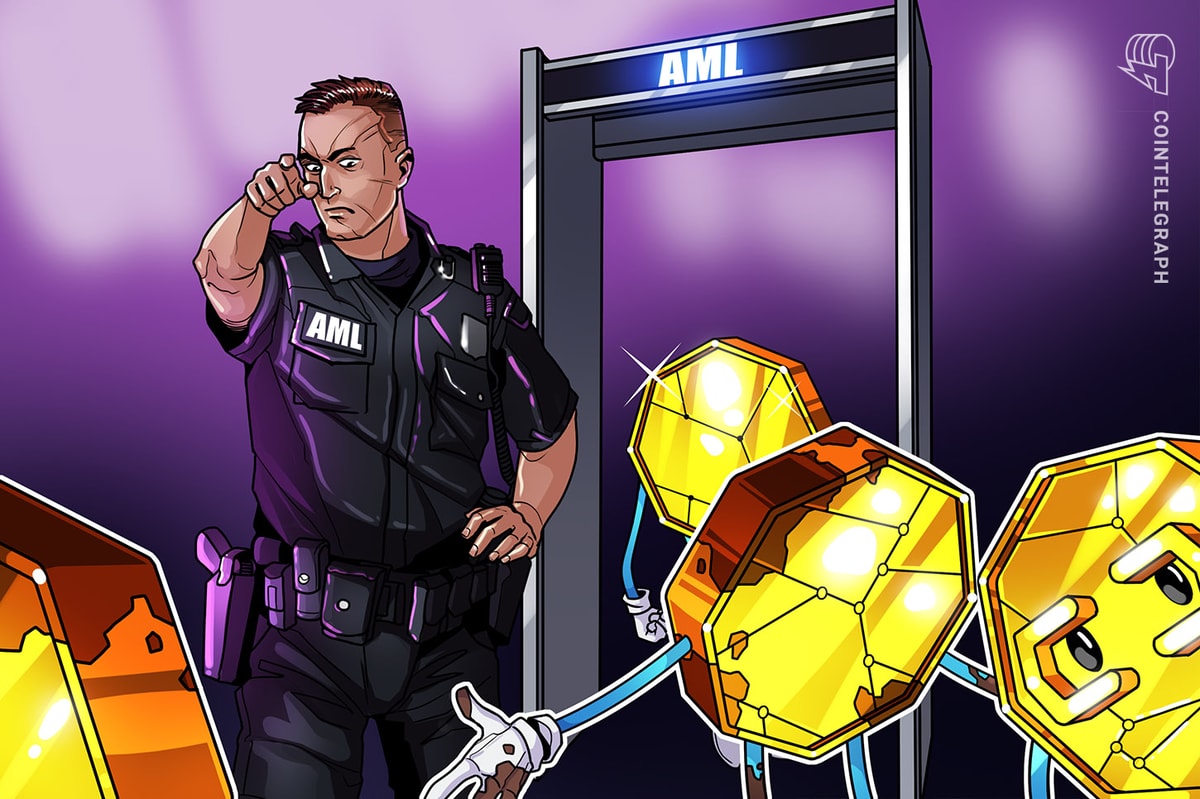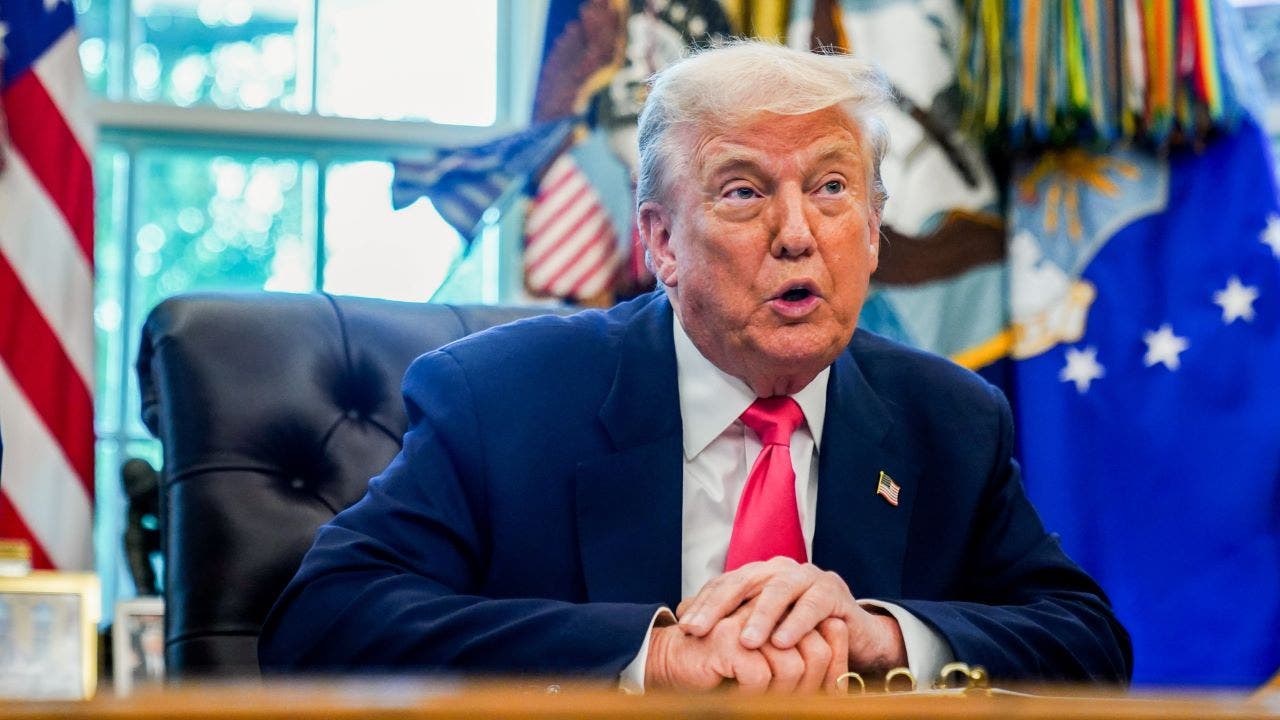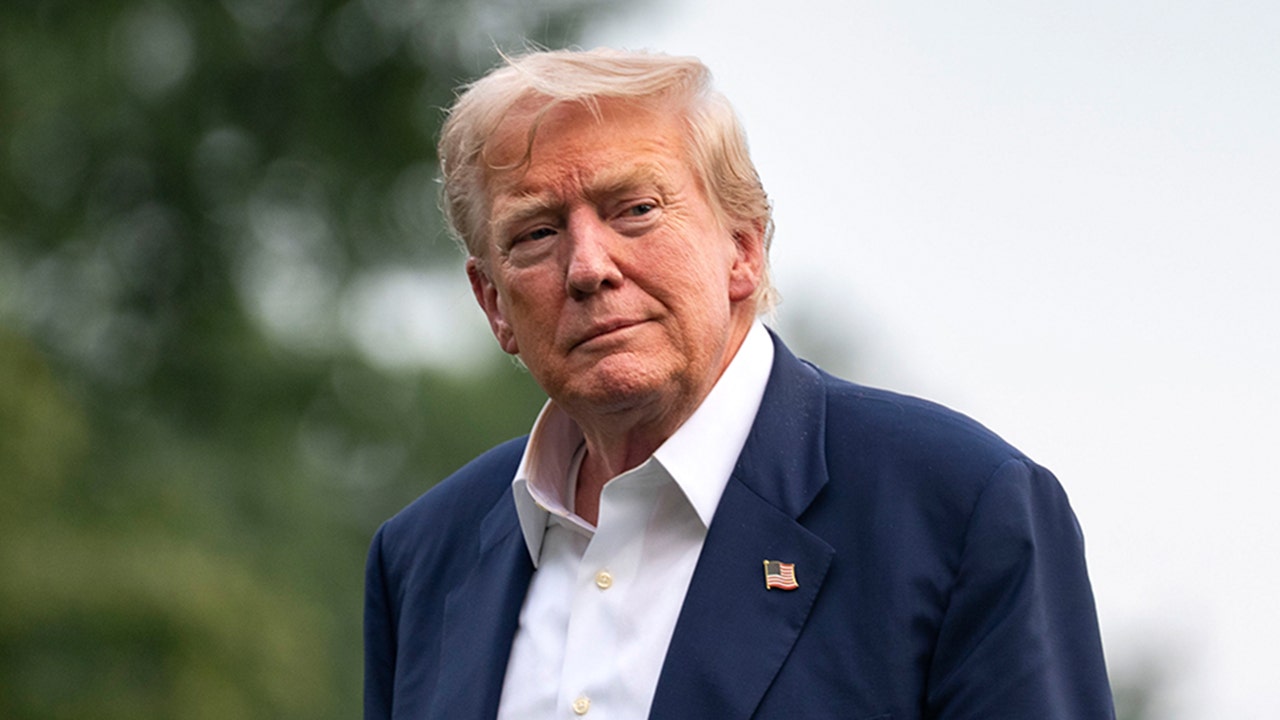When President Donald Trump and Russian President Vladimir Putin meet today in Anchorage, it will be the most closely watched U.S.–Russia encounter in years. But this summit is not a sudden breakthrough. It is the end point of a summer-long series of deliberate moves—some public, some behind closed doors—that pushed both men from a wary distance into the same room.
Back in February, neither side was preparing for a handshake. Russia was grappling with oil output disruptions triggered by sanctions and drone strikes. The G7, with quiet U.S. backing, agreed that any new sanctions after February would be tied to “good-faith” peace steps—turning sanctions from blunt punishment into negotiating currency. For Putin, it was an early sign that Washington was willing to make sanctions relief part of a negotiated deal. For Trump, it established that financial pressure could be flexibly applied to shape behavior.
TRUMP USING OIL TARIFFS, SANCTION THREATS AS LEVERAGE AHEAD OF PUTIN SHOWDOWN IN ALASKA
- KEY DATES:February 12, 2025 — Russia hit by oil disruption from sanctions and drone strikes.February 15, 2025 — G7 links new sanctions to peace steps, creating a pathway for relief.
The early spring brought another quiet signal: In March, Russia delivered a “wish list” for sanctions relief, centering on reconnection to the SWIFT banking network. Washington let a key Russian energy-financing license expire and made clear that any banking relief would be conditional. On March 26, the EU staked its claim over SWIFT approvals, while U.S. Treasury officials hinted that Rosselkhozbank—a state-linked agricultural lender—could be the first to return if Moscow took verifiable steps toward a ceasefire. This became the cornerstone of Russia’s negotiating position.
While financial channels were being debated, Washington was careful not to burn the diplomatic runway. In April, reports surfaced that the U.S. was open to post-war energy and metals ventures with Russian firms—a long-term carrot that didn’t cost anything up front. But these soft signals were paired with hard shows of force. In July, Trump approved deliveries of Patriot missile systems and Bradley fighting vehicles to Ukraine, with Kyiv footing the bill. Days later, the State Department announced an additional $322 million in military hardware. The message was unmistakable: America could tighten the military vise or ease it, depending on how talks progressed.
The turning point came in August, and it came through trade. On Aug. 6, Trump doubled tariffs on Indian goods to 50%, citing New Delhi’s increased purchases of discounted Russian oil. India had become one of Russia’s biggest energy lifelines since the start of the Ukraine war. By targeting India, the White House applied indirect but severe pressure on Moscow’s revenue without escalating on the battlefield. Two days later, Trump went further, threatening tariffs of up to 100% on any country that kept buying Russian oil. Reuters reported that the measure was aimed squarely at India and China, two customers Moscow cannot afford to lose.
- KEY DATES:August 6, 2025 — Trump doubles tariffs on Indian goods to 50% over Russian oil purchases.August 8, 2025 — Threat of 100% tariffs on any Russian oil buyer, aimed at India and China.
That combination—financial relief held just out of reach, military aid calibrated like a dimmer switch, and oil revenues suddenly put at risk—narrowed the Kremlin’s options. Putin needed to slow the cash bleed and avoid looking like he was bending to Washington. Trump needed a diplomatic moment that could show strength abroad without dragging the U.S. into another war.
The choice of Alaska as the venue sealed the deal. Far from Washington, it offers the symbolism of American territory with a nod to the two nations’ shared Arctic interests, which had been quietly floated in February. It also sidesteps European capitals, where the optics might have been harder for both leaders to manage.
Inside the room, negotiators are expected to discuss a phased SWIFT reconnection starting with Rosselkhozbank, limited sanctions relief tied to an initial ceasefire, and potential carve-outs for joint energy and mineral projects if fighting stops. In return, Washington could agree to gradually freeze new military aid to Ukraine. Both sides have kept their bigger levers in reserve—Trump with the threat of full secondary sanctions and NATO posture changes, Putin with the option to escalate in other theaters or accelerate BRICS currency plans.
Whatever the outcome, the Alaska summit is not about friendship. It’s about the grind of strategic pressure—four interlocking arenas of military tempo, financial lifelines, energy flows, and diplomatic posture. Every move in the past six months narrowed the other side’s room to maneuver until the shortest path forward ran through Anchorage.
In the summer of 2025, pressure wasn’t just a tool. It was the point.
Tanvi Ratna is a policy analyst and engineer with a decade of experience in statecraft at the intersection of geopolitics, economics, and technology. She has worked on Capitol Hill, at EY, at CoinDesk and others, shaping policy across sectors from manufacturing to AI. Follow her takes on statecraft on X and Substack.
Read the full article here




